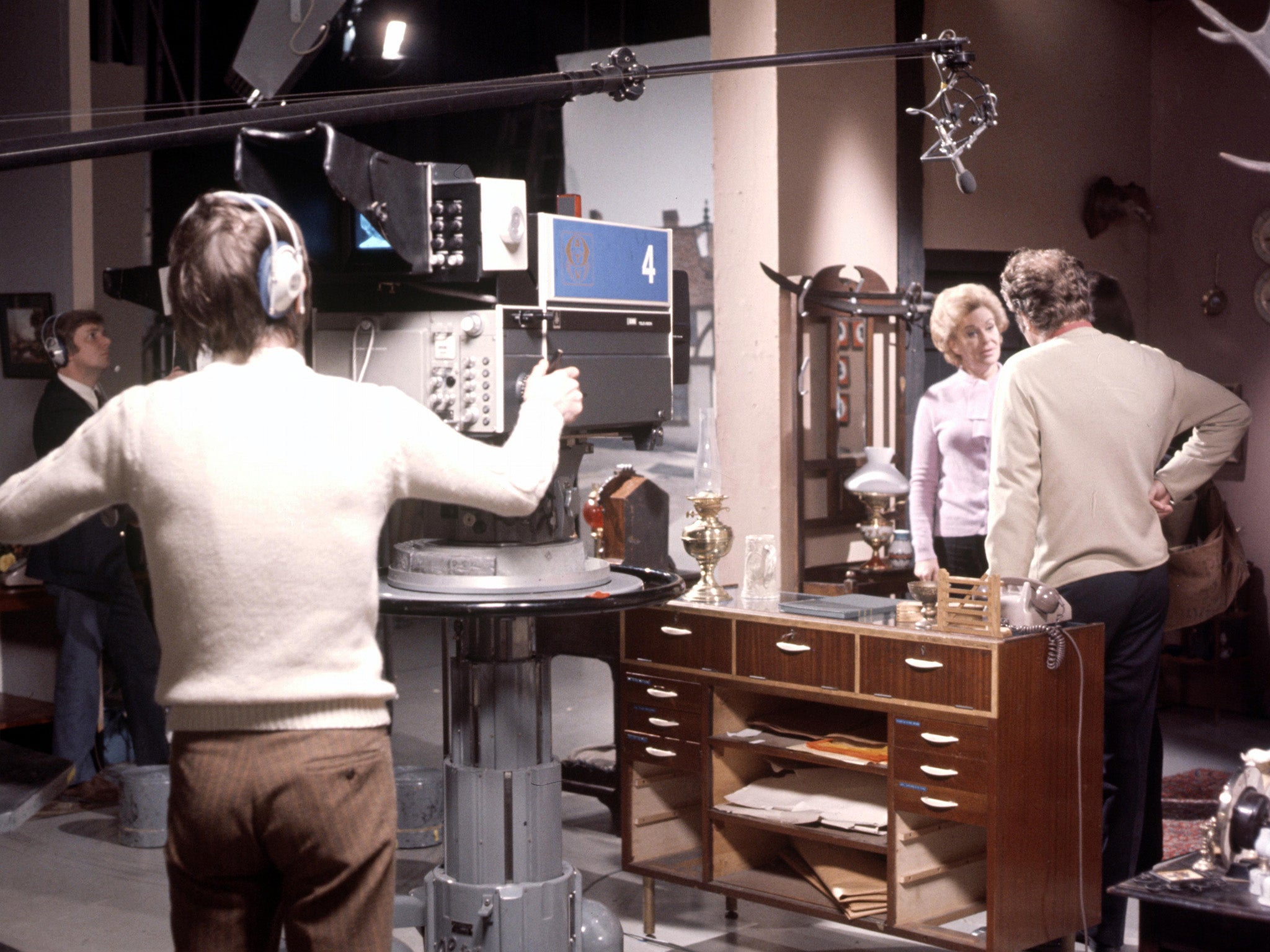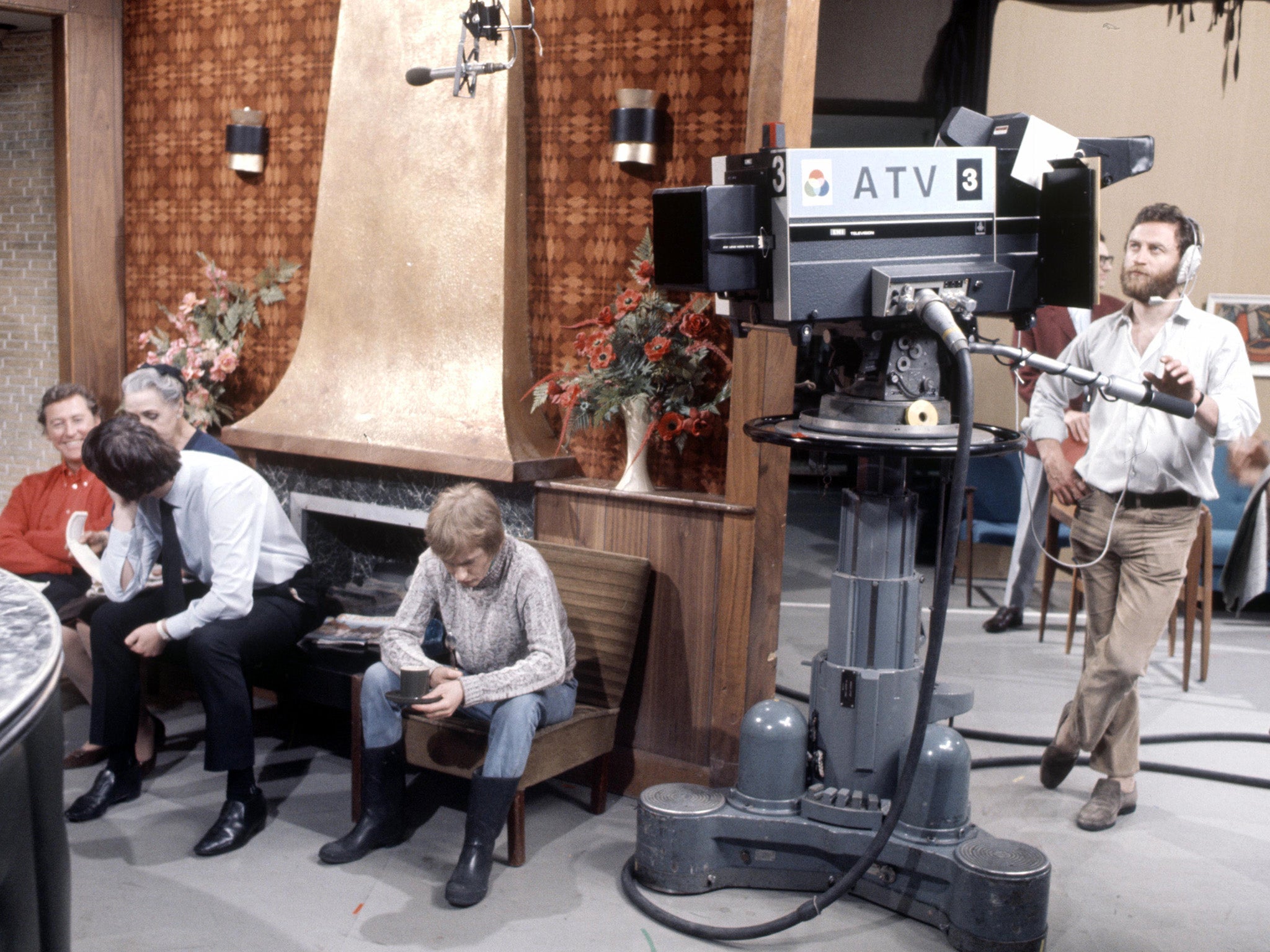ITV's 60th birthday: Tracking some of the broadcaster's earliest output
ITV is 60 years old but much of its early output is lost - some, though, is turning up in unexpected places

Square-jawed doctors issuing orders in commanding tones to back-combed nurses as Brylcreemed patients tastefully expire. A young Bruce Forsyth urging a faintly cowed contestant to beat the clock. Wally Whyton, late of the skiffle band The Vipers, singing a ballad to a puppet cat. As British commercial television celebrates its 60th birthday, it is very timely to reflect on Emergency Ward 10, Sunday Night at the London Palladium, Small Time and the many programmes that are largely or entirely “missing, believed wiped”.
A major challenge facing anyone interested in researching the past output of Independent Television is that each franchise had its own archiving policy. According to Dick Fiddy, the television consultant to the British Film Institute, Granada had the best track record: its MD, Denis Forman, once told him: “If I like something I have two copies made – if I don’t, I have one.” The result is that a complete run of Coronation Street is believed to exist. By contrast, more than half of ABC TV’s Armchair Theatre is lost.
The sight of Raymond Francis arresting cockney villains and occasionally forgetting his lines was essential viewing for much of the 1960s but, out of 236 episodes of Associated-Rediffusion’s No Hiding Place, only 21 complete programmes have been traced. Crane boasted Patrick Allen at his most square-jawed, a swinging theme tune from Kenny Ball & His Jazzmen and Gerald Flood as a not terribly plausible Moroccan police chief, but a mere two shows exist. Thank Your Lucky Stars ran for five years from 1961 but nearly all 249 shows were destroyed, including footage of the Rolling Stones, Herman’s Hermits, Unit 4 + 2, Lulu and Chubby Checker all appearing on the same bill in 1965.

Until the 1960s, preservation was preserved via tele-recording – ie, literally aiming a film camera at a television screen – and this was augmented from 1958 onwards by video tape. This was such an expensive process that there was the temptation to re-use the tapes and there was also little impetus to record many of the most popular early output, such as the quizzes, Take Your Pick and Double Your Money.
The survival of a programme could also be dictated by its overseas sales potential; ATV made filmed shows such as The Saint for its export division ITC but there are comparatively few tapes of its output aimed at a domestic audience. Two series of Crossroads have failed to survive and a possibly more tragic loss is that a mere handful of Sunday Night at the London Palladium shows were recorded.
Another problem in tracing lost shows is that when a new franchise took over a commercial TV region, the programme libraries were often split up. The practice of wholesale wiping of ITV programmes ceased around 1975-76 and Fiddy says: “The idea of screening old shows as ‘classics’ did not really take hold until the mid-1980s. Before then they were merely ‘repeats’ and there was often a very bad press if a station screened too many of those.”
It was only around 30 years ago that the scale of the loss began to be appreciated and to read a list of completely destroyed shows is to be reminded of the sheer remoteness of the televisual past. One of the network’s first offerings was People Are Funny, in which the presenter Derek Roy induced members of the public to destroy their own crockery. With hilarious consequences. Fourteen years later a Thames TV programme planner evidently believed A Present for Dickie, a sitcom in which the comedian Dickie Henderson Jnr is given an elephant (also with hilarious consequences), to be ideal prime-time entertainment. Some excerpts induce a feeling of relief that more footage of a particular show does not exist; Tony Hancock’s 1967 series for ABC features a visibly ill star floundering in a tatty night club set.
The output of the smaller franchises often evokes grim memories of the inertia of provincial life – to re-watch Southern Television’s Complaints Box is to be transported to a time of news presenters with cut-glass accents reporting on stolen coats. But more often, the fragments of a long-running show only serve to tantalise. A 1958 Oh Boy! has a young Chris Andrews slicking back his hair in mid-piano solo and a guest appearance from Brenda Lee. A fragment of “Hot Money”, the first edition of The Avengers, showcases Ian Hendry, one of Britain’s most undervalued leading men, and the 1967 series of Callan has a mesmeric performance of pain and self-loathing from Edward Woodward as a contract assassin on the verge of a breakdown.
The existence, however limited, of such shows is sometimes due to private collectors – Bob Monkhouse recorded several editions of The Golden Shot and Celebrity Squares – and to a studio chiefs wishing to create a sales reel for potential overseas markets. Sometimes they turn up in unexpected places; five years ago a number of Granada and Associated-Rediffusion plays, including Leonard Rossiter appearing in Between the Two of Us, was discovered in the Library of Congress in Washington DC.
Join our commenting forum
Join thought-provoking conversations, follow other Independent readers and see their replies
Comments